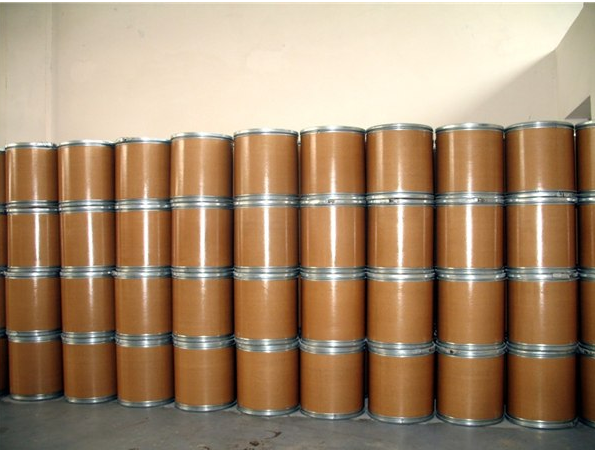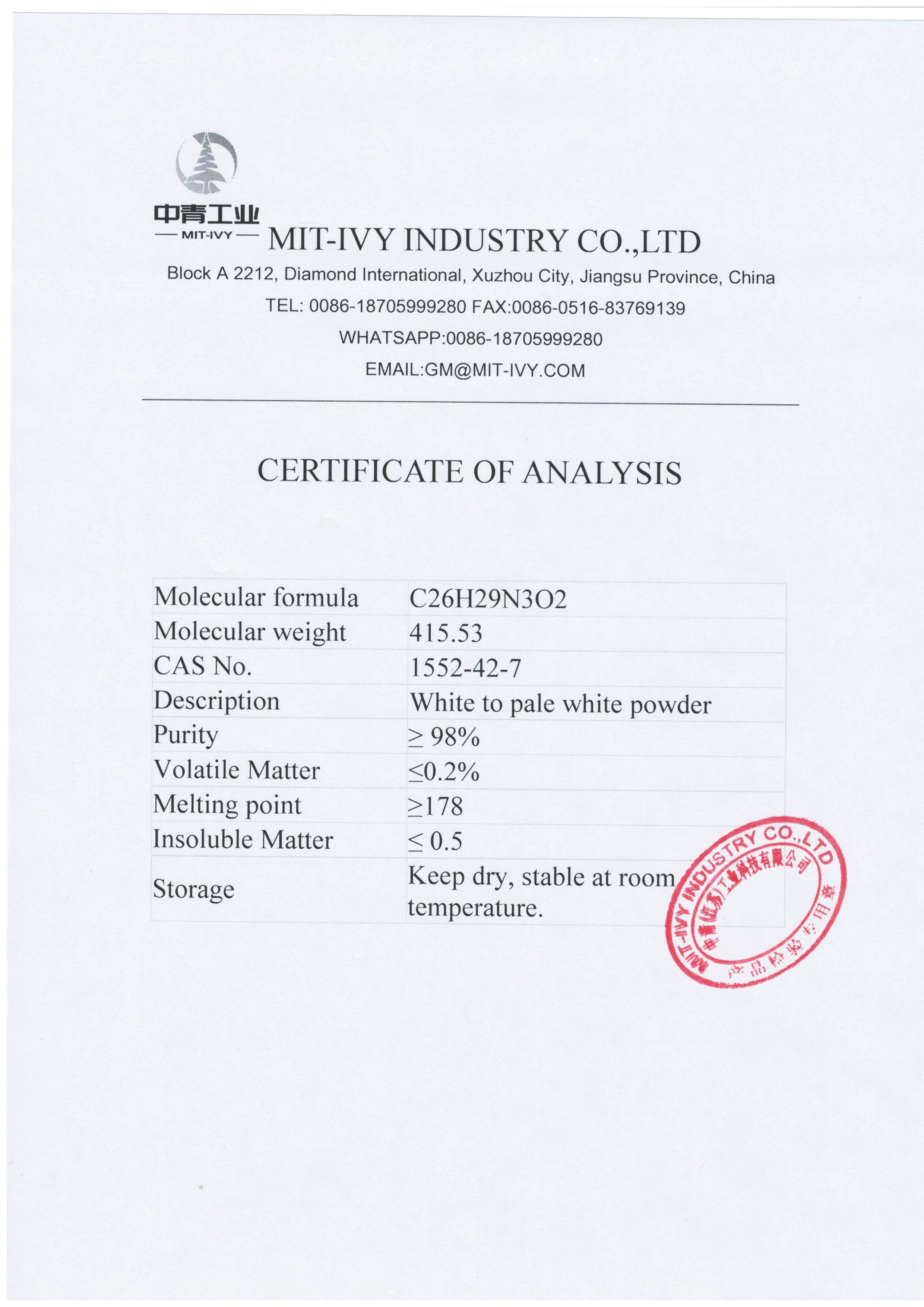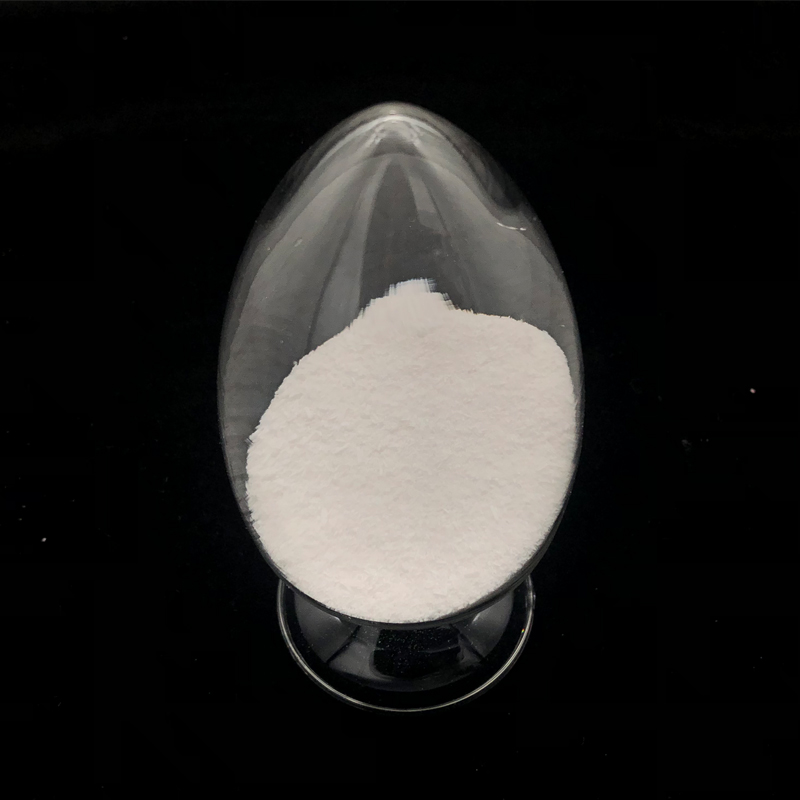We usually talk about printing, is through a specific way to transfer ink to a specific area of the paper, so that we want to get the words or graphics.
The chemicals that make up paper don't absorb light of any color very much, so when light is reflected off the surface of the paper and into our eyes, we see it as white.
The pigment or dye in the ink absorbs some or all of the visible light, so that when the ink is applied to the surface of the paper, the surface of the white paper becomes colored.
The main types of printers we use at home or in the office are inkjet printers and laser printers.
Unlike inkjet printers, which spray tiny droplets of ink onto paper, laser printers attract toners to a light drum and transfer them onto the paper by means of electrostatic attraction.
However, the receipt is not printed in this way. It is printed on a special kind of paper, called thermal paper.
Compared with ordinary paper, thermosensitive paper has a thin coating on its surface, which contains some special chemicals called cryptic dyes.
The blind dye itself is colorless, so the newly bought thermal paper looks as white as ordinary paper.
However, when the right conditions are met, they react chemically, and the new material absorbs visible light, and we see color.
Many substances, such as crystalline violet lactone, although naturally colorless, turn purple in the presence of an acid.
That is, when we print on thermosensitive paper, the ink is not stored in the printer, it is already on the paper.
The picture
Fig. 1 Crystalline violet lactone will change from colorless to purple in the presence of acidic substances, and will become colorless again in the presence of alkaline substances.
But cryptic dyes such as crystallactone, which reacts easily with acids, are solid at room temperature, and the molecules are locked in place.
If you're dealing with an acid that's also a solid, you can stay together for a long time at room temperature, even if you're in close contact.
Therefore, we can take these dark dyes, which are solid at room temperature, and grind the solid of another acidic substance into a fine powder, mix it and smear it on the surface of the paper, and we get a thermal paper.
At room temperature, thermal paper looks just like regular paper;
As soon as the temperature rises, the dark dye and the acid melt into a liquid, and the free moving molecules meet and react immediately, so the white paper quickly shows color.
This is where thermosensitive paper gets its name -- it only gets hot enough to change color.
With thermal paper, if you want to print text or graphics on its surface, you also need a special printer, which is a thermal printer.
If you ever break down a thermal printer, you will find that its interior is very simple: there is no ink cartridge. The main parts are the drum and the print head.
The thermal paper used to print receipts is usually made in rolls.
When a roll of thermal paper is placed in the printer, it is driven forward by the roller and comes into contact with the print head.
There are many tiny semiconductor elements on the surface of the print head that heat specific areas of the paper according to the words or graphics we want to print.
At the moment of contact between the thermal paper and the printing head, the high temperature generated by the printing head makes the dye and acid on the surface of the thermal paper melt together into liquid and react chemically, thus the paper surface appears characters or graphics.
Dripped by the roller, a purchase receipt is printed.
The picture
Figure 2 The working principle of the thermal printer: the thermal paper moves forward driven by the drum. When it comes into contact with the print head, the heat generated by the print head melts the dye and acid on the surface of the thermal paper, and the two react chemically to produce color.
Why do businesses use thermal paper and thermal printers to print shopping receipts, rather than the more familiar laser or inkjet printers?
First, laser or inkjet printers require complex devices to transfer ink or toner from the printer to the paper. Both printers are bulky and usually use alternating current as their power supply.
Businesses often need small printers, especially when selling goods outdoors or on transportation tools such as planes and trains, carrying heavy printers to print receipts for customers is obviously not practical.
Secondly, laser or inkjet printer to replace ink cartridges or toner is often time-consuming and laborious, if it delays the customer checkout, which is also very reluctant to see the business and consumers.
These problems can be solved by using thermal printers and thermal paper instead of lasers or inkjet printers.
Because ink is already pre-stored on paper, thermal printers do not require complex structures to store and transfer ink and can be very small.
It is also battery-powered, making it ideal for businesses to carry, especially when outdoors or on transport, to print receipts for customers.
Because of its simple construction, the thermal printer is also easy to maintain, and users do not have to worry about replacing ink cartridges. They can simply replace a new roll of thermal paper as soon as the paper is used up. This ensures that customers do not lose too much time.
In addition, thermal printer printing speed, low noise, very suitable for use in the shopping mall.
Because of these advantages, thermal printing is not only the preferred method of printing shopping receipts, but is also often used to print tickets, labels and even faxes.
Thermosensitive paper also has a major drawback, which is that the writing on a printed document will fade away over time.
Fading also occurs because of the unique dyes used in thermal paper.
As we mentioned earlier, the cryptic dye covering the thermal paper is colorless at room temperature, and becomes another structure with color due to a chemical reaction at high temperature.
However, the new structure is not so stable, and under the right conditions it reverts back to its previous colorless structure.
For example, crystalline violet lactone, as we mentioned earlier, turns into a colored structure in the presence of an acid substance, and this colored structure turns back to a colorless structure in the presence of an alkaline substance.
After a printed receipt is stored, it may come into contact with a variety of chemicals in the environment. It may also be exposed to the sun or high temperatures, which may cause the dye on the thermal paper to return to its colorless form, discoloring the receipt.
To solve this problem, many thermal paper manufacturers add an extra layer of protection on top of the dye layer to minimize the dye's contact with other chemicals and make the documents printed on thermal paper last longer.
But this method will increase the cost of thermal paper, so there will be businesses to continue to use no protective layer of ordinary thermal paper.
If you're worried that your receipt will fade over time, it's always a good idea to copy or scan your receipt.
In recent years, thermosensitive paper has caused concern among many consumers because it contains bisphenol A.
Bisphenol A is an acidic substance, so it is used in thermosensitive paper where it reacts with dark dyes at high temperatures to produce color.
In addition, bisphenol A is more commonly used as A raw material to make certain plastics or coatings.
So the main route that BPA gets into the body is when you put food in these containers, small amounts of BPA get into the body along with the food.
But in recent years, studies have shown that exposure to notes printed on heat-sensitive paper may also cause BPA to enter the body.
One recent study, for example, found that BPA levels in urine increased after prolonged exposure to heat-sensitive paper.
Because bisphenol A's chemical structure is similar to estradiol, the main estrogen produced by the body, there are concerns that it may interfere with normal endocrine secretion and increase the risk of A number of diseases.
However, it is important to point out that the concentrations of BPA in the body through food and thermal paper are very low, so it is difficult to confirm the health effects of BPA in humans.
However, while BPA is not currently banned in the production of thermal paper, many manufacturers have started to use other acids instead.
If you are concerned about A small amount of BPA entering your system from contact with receipts, A more likely precaution is to store the receipts in isolation as soon as possible without touching them, and to wash your hands after touching the receipts.
Of course, replacing paper receipts with electronic ones may be healthier and more environmentally friendly.
MIT –IVY Chemicals Industry Co.,Ltd. is a leading manufacturer for 19 years with 4 factories ,exporter of* dyes Intermediates & pharmaceutical intermediates &fine &specialty chemicals * .*https://www.mit-ivy.com*
Athena CEO
Whatsapp/wechat:+86 13805212761
Mit-ivy industry company
Post time: Apr-16-2021










